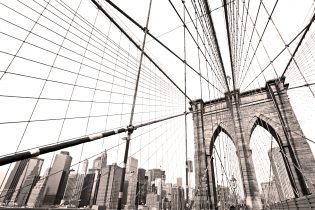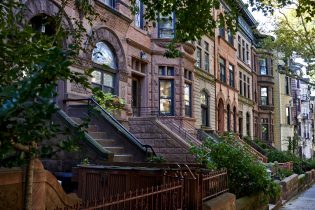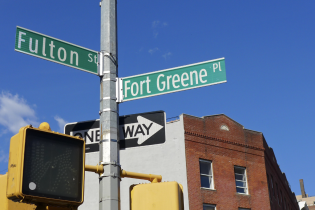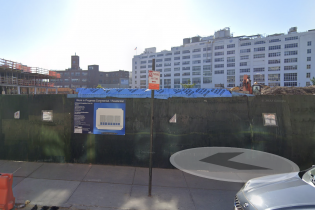Timber House Building News
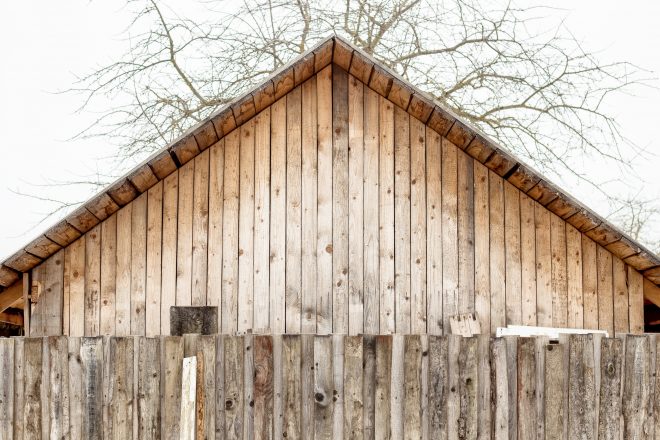
One of the development world’s latest trends is the rise of sustainable building practices and the use of timber in construction. Timber House, a new residential building project in Brooklyn, is one such development making headlines for its unique approach to combining cutting-edge technology with eco-friendly materials.
Timber? In 2024?
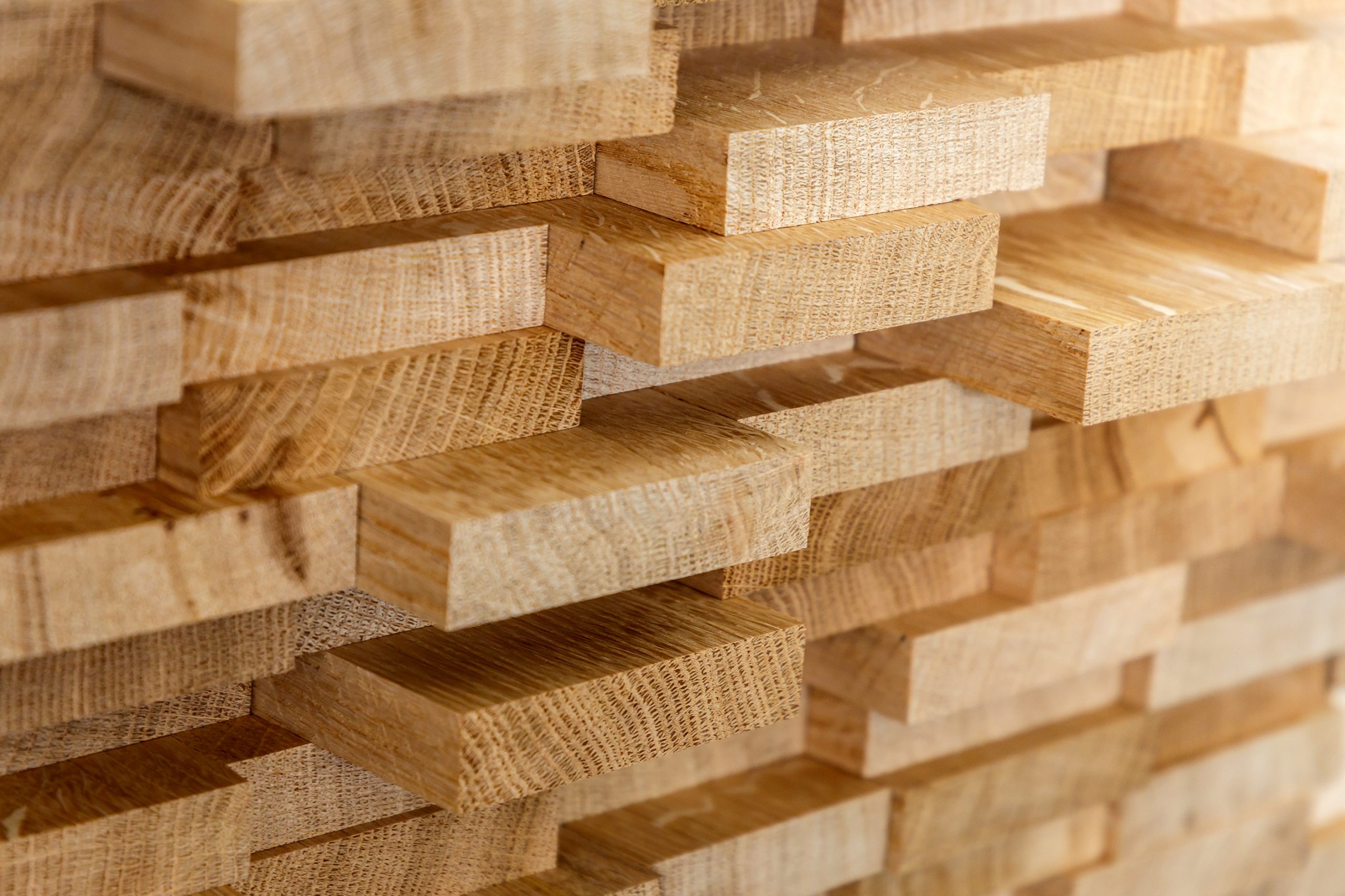
Timber, a material once considered too traditional and outdated has made a remarkable resurgence. In 2024, timber is more than just a nostalgic nod to the past; it represents a revolution in construction practices that align with the values of modern urban living.
The reintroduction of timber as a primary building material is part of a broader movement toward eco-friendly and sustainable development. As cities around the world grapple with the challenges of climate change and resource depletion, developers and architects are turning to mass timber construction as a way to reduce carbon emissions and promote energy efficiency.
Mass timber, a type of engineered wood created by layering and resin-bonding pieces of wood together, offers a range of benefits over traditional building materials such as concrete and steel. It is lightweight yet incredibly strong, allowing for quicker construction times and lower transportation costs. Furthermore, the use of timber helps sequester carbon, making it an attractive option for developers aiming to achieve a lower carbon footprint.
The resurgence of timber in the construction industry is also driven by a growing demand for sustainable living spaces. Buyers and renters alike are increasingly seeking homes that prioritize environmental consciousness without compromising on style or comfort. Timber House, a new residential building project in Brooklyn, perfectly encapsulates this trend with its innovative use of timber and commitment to sustainability.
Design and Architecture
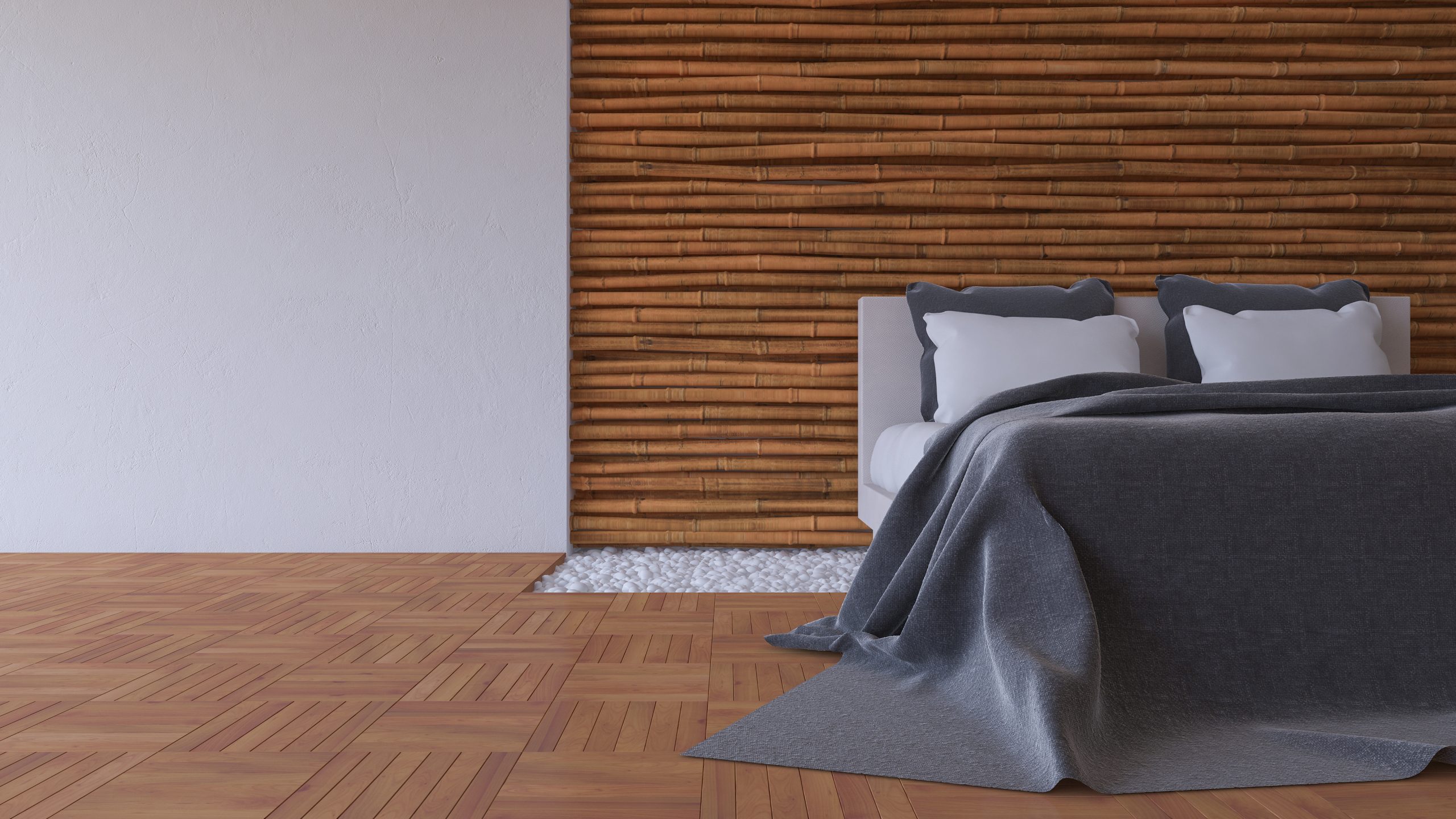
Timber House boasts a design that combines the beauty of natural wood with sleek, modern architectural elements. The architects at MESH architectures have crafted Timber House to create a harmonious balance between traditional materials and contemporary design, resulting in a structure that stands out while blending seamlessly with the surrounding urban landscape.
The building features a striking façade that incorporates timber cladding with expansive glass windows. This combination creates an eye-catching exterior that offers residents breathtaking views of the city while maximizing natural light within the units. The warm tones and textures of the wood provide a welcoming and inviting atmosphere, softening the overall look of the building and setting it apart from other modern developments.
Inside, Timber House continues to impress with thoughtfully designed residential units. Each apartment boasts open floor plans that encourage a sense of space and freedom. High ceilings and large windows allow for an abundance of natural light to fill the interiors, creating bright and airy living spaces that promote well-being and comfort. The use of natural materials such as bamboo flooring, low-VOC paints, and sustainable finishes adds to the eco-friendly ethos of the building.
The architects have also prioritized energy efficiency in the design, incorporating smart building technologies and advanced insulation methods to ensure optimal performance. These features not only reduce energy consumption but also contribute to lower utility costs for residents.
The building’s communal areas are equally well-designed, with a focus on functionality and style. A modern lobby welcomes residents and visitors, while shared spaces like the rooftop garden provide opportunities for relaxation and socialization. The garden, lush with greenery and offering panoramic views of the city, serves as both a visual delight and an additional layer of insulation for the building.
Embracing Sustainability

Timber House is being constructed with a focus on sustainability, both in terms of the materials used and the overall impact of the building. The use of mass timber—a type of engineered wood made by bonding layers of wood together—helps reduce the carbon footprint associated with traditional building materials such as concrete and steel. Not only is timber a renewable resource, but its use also contributes to healthier indoor air quality and a warmer, more welcoming atmosphere for residents.
The developers of Timber House, Green Haven Development, are committed to achieving LEED certification, which stands for Leadership in Energy and Environmental Design. This globally recognized green building certification system aims to promote sustainability in all areas of construction, including energy efficiency, water conservation, and the use of recycled materials. By adhering to LEED standards, Timber House sets itself apart as a model for future developments in the city.
Amenities and Features

Timber House offers residents a suite of amenities designed to promote comfort, convenience, and community. The building provides a range of features that cater to the diverse needs and lifestyles of its residents, all while maintaining its commitment to sustainability.
One of the standout amenities at Timber House is the rooftop garden, a green oasis with stunning views of the city skyline. This serene space offers residents a peaceful retreat where they can relax, unwind, and connect with nature. The rooftop garden also serves as an extra layer of insulation for the building, contributing to energy efficiency and reduced heating and cooling costs.
For those who prioritize health and fitness, Timber House includes state-of-the-art fitness facilities equipped with modern exercise equipment. These facilities provide residents with convenient access to workouts and wellness routines without leaving the building. The developers have also incorporated dedicated bike storage to encourage eco-friendly transportation options and support the growing trend of cycling in the city.
In line with its commitment to sustainability, Timber House provides electric vehicle charging stations, allowing residents with electric cars to charge their vehicles easily and efficiently. This amenity reflects the building’s forward-thinking approach to eco-friendly transportation.
Timber House’s amenities also include advanced security features, such as secure entry systems and surveillance cameras, ensuring residents feel safe and protected within their homes. Additionally, the building is conveniently located near public transportation, making commuting and exploring the city hassle-free.
Market Implications
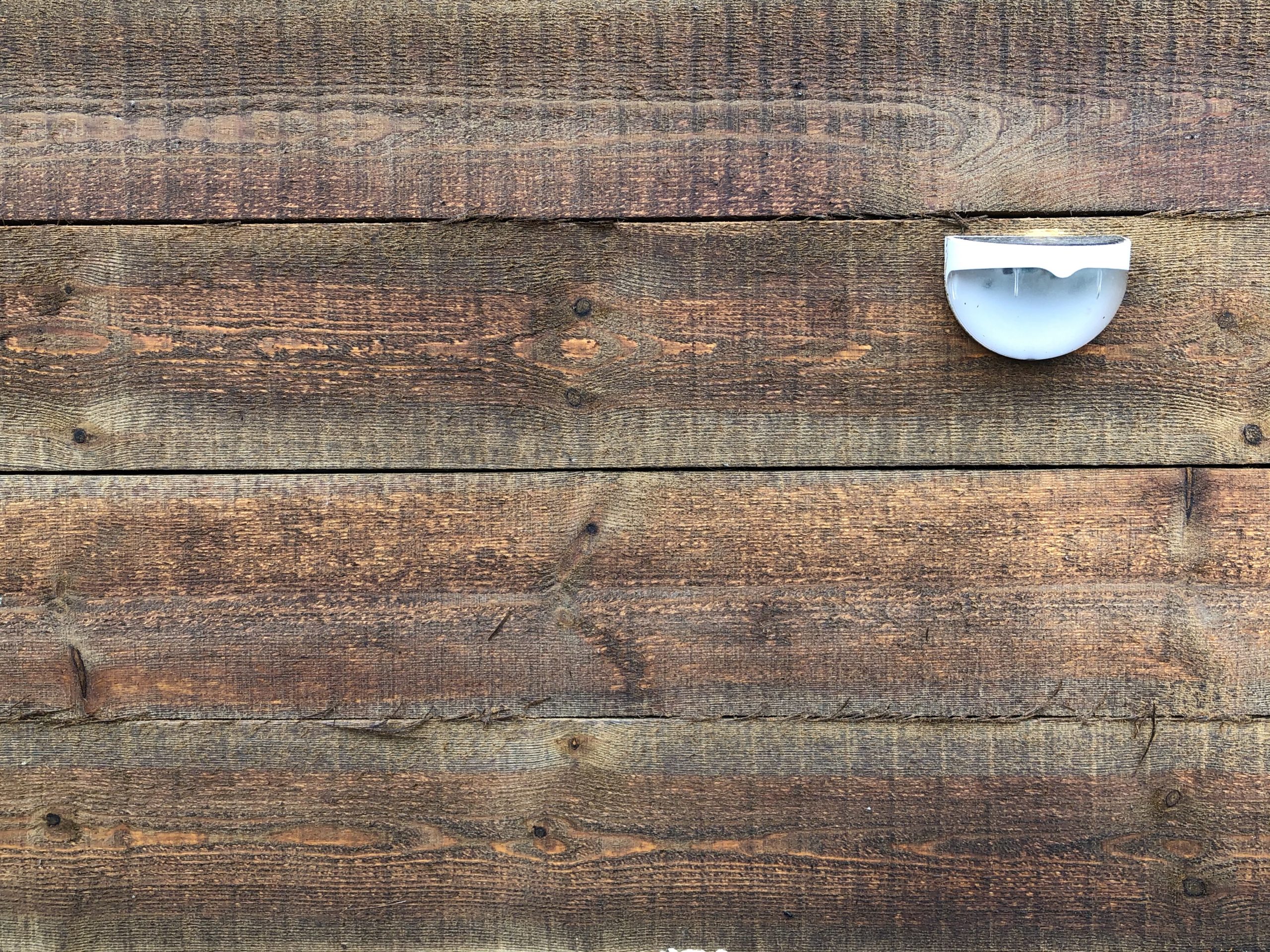
The rise of sustainable developments like Timber House is part of a larger shift in the New York City real estate market toward greener building practices and eco-conscious design. This trend not only reflects a growing awareness of environmental issues among developers but also aligns with the changing preferences of buyers and renters.
The use of mass timber in construction, as seen in Timber House, opens up new possibilities for creating environmentally friendly buildings that are both aesthetically pleasing and functionally superior. As more projects adopt this approach, the demand for sustainable developments is expected to increase, potentially leading to a broader shift in the market.
Timber House’s focus on achieving LEED certification and incorporating energy-efficient systems and materials is likely to resonate with environmentally conscious buyers and renters. As these individuals seek out properties that prioritize sustainability, developments like Timber House will be well-positioned to attract a growing segment of the market. Moreover, sustainable buildings can offer economic advantages to residents in the long term. Lower energy consumption and reduced utility costs can provide financial savings, making these properties appealing to a wide range of potential buyers and renters.
The success of Timber House could also encourage other developers to embrace similar sustainable practices, creating a ripple effect in the industry. This could lead to a shift in building codes and regulations to accommodate eco-friendly construction methods, ultimately transforming the market as a whole. Additionally, the adoption of mass timber and other sustainable building practices may attract attention from investors and industry professionals worldwide. New York City’s reputation as a leader in sustainable urban development could draw more investments and innovative projects to the city, further driving the market toward environmentally friendly practices.
In summary, the market implications of developments like Timber House are far-reaching. By setting a new standard for sustainable construction and design, Timber House is likely to shape the future of New York City’s real estate market, influencing both developers and consumers to prioritize eco-friendly practices. This shift not only benefits the environment but also paves the way for a more sustainable and resilient urban landscape.
- Categories:
